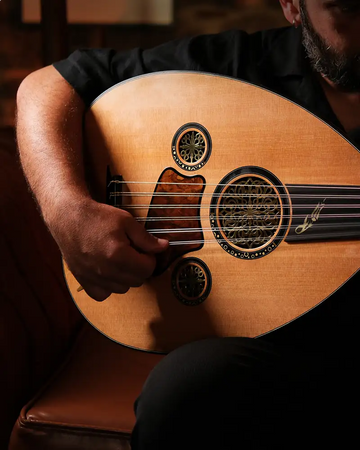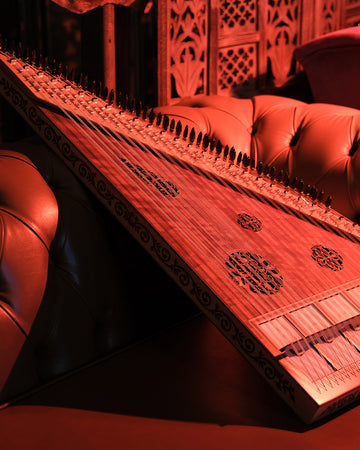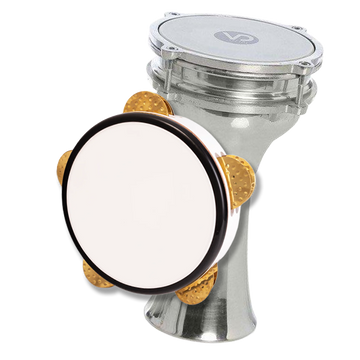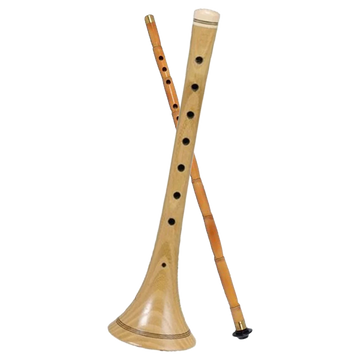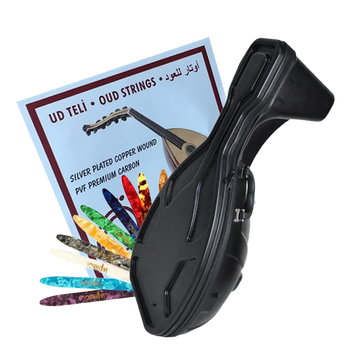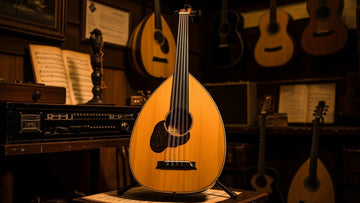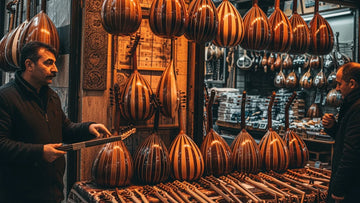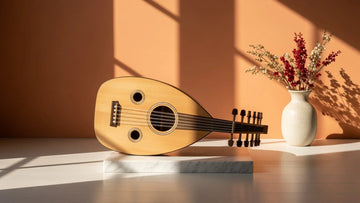If you are considering purchasing an oud instrument, you will encounter several key factors that influence prices. Among these factors are material quality, brand prestige, manufacturing technique, sound quality, and, most importantly, accessories.
Material quality is one of the most crucial elements determining oud prices. The type of wood used is a factor influencing the price of the oud instrument. Ouds made from low-quality and cost-effective woods may be more budget-friendly, while those crafted from rare and high-quality woods can command higher prices.
Another factor often influencing the price is an oud bearing the signature of a well-known brand or oud maker. Established brands or experienced makers prioritize quality, offering customers reliable options. The manufacturing technique is also a price-determining factor; there may be price differences between factory-produced and handcrafted ouds. Handcrafted ouds often stand out in terms of sound quality and resonance, leading to an increase in price.
Among other factors affecting oud prices are embellishments and additional accessories. Inlays, equalizers, high-quality cases, and strings, among other extras, can contribute to variations in the oud's price. Additionally, features such as whether the oud is designed for beginners or professionals, or the length of the neck, can also impact the price.
While it is essential to consider various factors when purchasing an oud instrument, carefully evaluating each factor allows you to adjust your expectations and budget accordingly, ultimately helping you find the ideal oud instrument.
